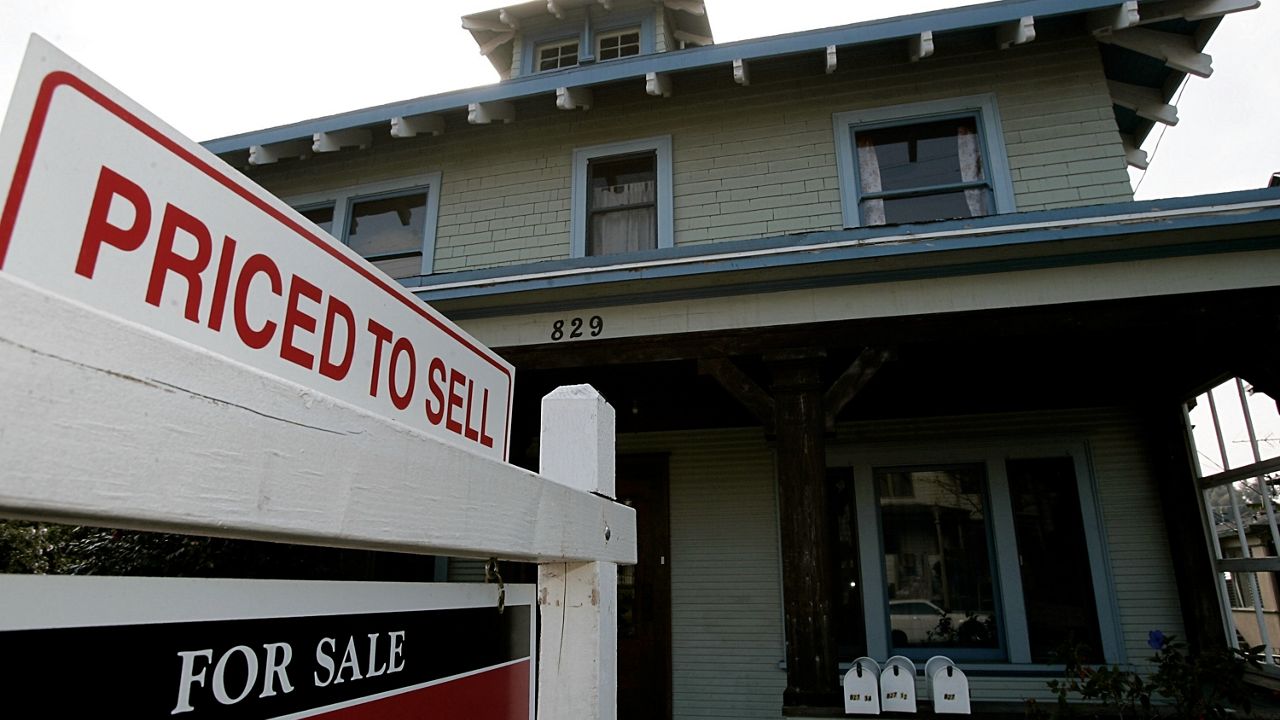A new county-wide task force will meet for the first time Wednesday to tackle what has become one of the area’s most intractable problems: keeping people affordably housed so they don’t fall into homelessness. Comprised of all five LA County Supervisors and elected officials from 88 cities, the Los Angeles County Affordable Housing Solutions Agency is one of the most ambitious and collaborative attempts to address the housing and homelessness crisis.
“What we’re talking about is a coordinated regional effort that can deliver some solutions at major scale,” LACAHSA founding board member and Claremont City Council member Jed Leano told Spectrum News 1.
LACAHSA has three objectives: to build more affordable housing, to preserve the affordable housing that already exists and to prevent the people who live in such units from losing their homes and falling into homelessness. To do so, the agency plans to scale up financing tools that will allow people to stay in their homes, including compensating developers for keeping rents affordable.
The average rent for an 897-square-foot apartment in the United States is $1,702, according to the apartment listing website RentCafe.com. In Los Angeles, the average is $2,781 for 788 square feet. To afford that rent, spending no more than the recommended 30% of a household's income, a Los Angeles family would need to earn more than $100,000 per year, yet the average annual household income for LA is $65,290, according to the U.S. Census Bureau.
A 2021 study from the real estate listing website, Zillow, found more rapid increases in homelessness in areas where communities spent more than 32% of their income on rent.
Already, LA suffers from the highest rate of homelessness in the nation. According to the 2022 Greater Los Angeles Homeless Count, 69,144 people were unhoused. Despite unprecedented state and local spending to combat the crisis, LA housing advocates expect homelessness figures will tick up again this year when new point-in-time count data is released later this month.
LACAHSA is meeting at the Metropolitan Water District headquarters in LA to elect leadership and determine a regular meeting schedule, after which the group will select a chief executive and set specific goals and strategies for meeting them. How soon the agency’s work will pay off, however, is an open question.
“Whatever date we select is not fast enough,” Leano said. “Everything needed to happen yesterday.”
As challenging as the homelessness epidemic has been, so too is the issue of one of its primary causes: a lack of affordable housing. Even in Claremont, which Leano said is perceived as a wealthy suburb, almost one third of households are severely rent burdened, spending more than 50% of their household income on rent and utilities. In LA County as a whole, 48% are severely rent burdened, according to a 2019 survey from the University of Southern Sol Price Center for Social Innovation.
While LA County moved more than 20,000 people from homelessness into housing last year, even more fell into homelessness for the first time. In LA County, for every 205 homeless people placed in to housing in 2020, another 225 people fell into homelessness the same day, according to the LA County Homeless Services Authority.
The loss of over 200,000 affordable housing units that had been rented for less than $1,000 in the county over the last decade has only compounded the problem.
“That right there is homelessness,” Leano said. “When you only have a certain number of units that are affordable at a certain price point, then we’re playing musical chairs. It’s a mathematical fact that there simply will not be enough housing units for all the people in our region.”
LACAHSA is taking shape as Los Angeles begins to lose population, driven in part by skyrocketing housing costs. LA County needs to build 1.3 million housing units this decade, according to the Southern California Association of Governments’ most recent regional housing needs assessment.
“Housing is one of the most significant challenges impacting our region. In order to achieve the scale that’s needed to keep our economy on track, to make sure seniors have a place to age with dignity and that young people see themselves in Southern California’s future, we have to build a whole lot more housing,” LACAHSA founding board member, and Long Beach Mayor, Rex Richardson told Spectrum News 1.
Richardson was president of the Southern California Association of Governments when state lawmakers passed, and Gov. Gavin Newsom signed, SB 679. The Los Angeles County Regional Housing Finance Act created LACAHSA to increase the affordable housing supply. The agency is modeled after similar initiatives in New York and San Francisco, where city leaders are struggling with the same issues of housing affordability and homelessness.
The reason a regional, county-wide agency needs to exist is because “so many smaller cities find challenges in building the capacity to be effective in achieving their own affordable housing goals,” Richardson said. “Having a big regional agency to help with local subsidies to build affordable housing is incredibly important.”
Housing will continue to be produced in premium areas where the economics pencil out, he added. But affordable housing needs subsidies and partnerships. Richardson cited the end of California’s local redevelopment agencies in 2013 as one of the sources of the affordable housing crisis the area is now experiencing. Under a state program that had existed since 1945, buildings that were torn down to be made into something else were required to contribute 20% toward affordable housing preservation or production.
“It was five years after redevelopment ended that California acknowledged its housing crisis,” Richardson said. “You can’t take away that tool without replacing that tool. We have to proactively figure out how we can get back going on housing production. Otherwise, we’re going to find ourselves in a perpetual state of emergency.”



